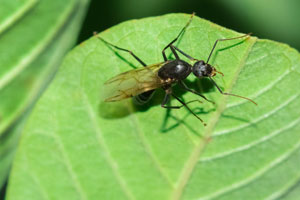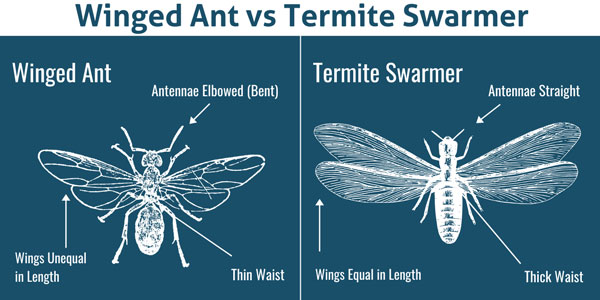
It’s springtime here in Northern Utah and Southern Idaho, making it the ideal time to get your lawn looking its best for the months ahead. Easier said than done, right? Especially after a harsh winter, it can be difficult to bring your lawn back to life. To achieve that beautiful green spring lawn that will be the envy of your neighbors, it’s important to create a routine and stick with it. The lawn care professionals at Rentokil are here to share five expert tips for getting that beautiful spring lawn that will last all year long.
1. Pick the Best Grass
There are many types of grass to choose from, so how do you pick the right one? There are pros and cons to each one, and a lawn care expert can typically help you decide which is best for your unique property. Whether St. Augustine grass is your top choice because of its high tolerance and attractive dark green blades or you’re considering Bermuda for its resistance to foot traffic and drought, the right grass can ensure a beautiful spring lawn.
2. Fertilize You Lawn Properly
Everyone knows that fertilizers help maintain the nutritional balance of your lawn and encourage growth. It’s easy to see why people are intimidated by fertilizer, especially because improper use can lead to a ruined lawn. Always use fertilizers sparingly and follow your local fertilizer ordinance guidelines, as some types of fertilizer are banned during the summer months. The team at Rentokil offers custom lawn fertilizers that are unique to our region!
3. Implement Weed Control When Necessary
Weeds can be detrimental to any yard because of how aggressive they are. This dreaded lawn problem often comes about as a result of over-watering, insect infestations, heavy foot traffic, and more. Because we deal with so many different types of weeds in our area, it’s recommended to enlist professional help to identify and treat specific weeds. We offer noxious weed and pasture weed control, flowerbed weed control, as well as bare ground weed control!
4. Learn How to Mow Your Lawn
Mowing your lawn too short will weaken the root system and quickly welcome weeds. Your grass should never be mowed more than ⅓ of its leaf surface, and, on average, a lawn should be mowed about once a week. Ensure your mower has sharp blades to get the most out of your work and to ensure your lawn stays green.
5. Create a Good Watering Schedule
Bottom line: only water your lawn when needed! For a healthy, green lawn, you only need to water once every three or four days. Equip your sprinkler system with the right technology, including watering timers, meters, and moisture sensors. This will help keep your water usage in check and also keep your lawn healthy. Too much water this time of year can quickly expose your lawn to disease and insects.
Year-Round Lawn Care
With so many steps involved in lawn care, it’s easy to understand why many people get overwhelmed. For 20 years, we have been your local lawn care experts, and we can ensure your spring lawn looks its best all year long. Contact our lawn care specialists today to learn how we can get you the green grass you’ve always dreamed of!



